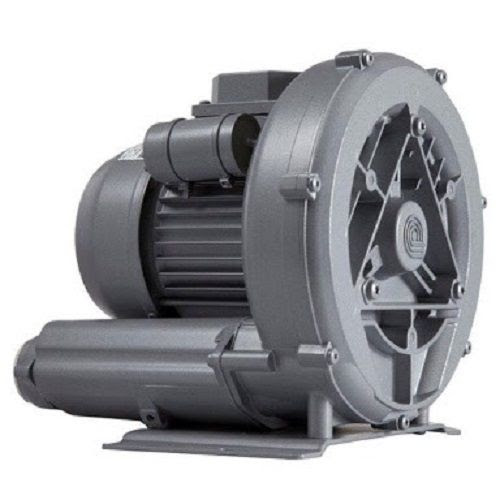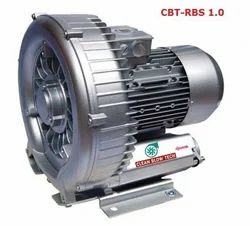What is the difference between a Roots blower and a screw blower?
Blowers have been a part of drag racing since its earliest days and old blowers can still be seen on nostalgia cars like these.
The Roots Blower
The roots supercharger acts like a large positive displacement air pump on the top of a motor and is what the nitro-guzzling NHRA Top Fuel and Funny Cars use to make their power. Inside the blower, there are two rotors that typically have three lobes each, and they’re what move the air inside the case. The air is held inside pockets that are around the lobes and is then moved from the intake to the discharge side of the lobe. As this is done, the rotors move more air than the motor can ingest, creating boost inside the manifold of the supercharger.
Roots Blower Vs The Screw Blower
When it comes down to it, the goal of a roots and screw blower is the same; move as much air into the motor as possible to increase power. How well that’s done between the two is where the big differences arise and show which blower can make more power.
Andy Severyn, John Sears, and Chelsea Clark are the core group of people who run PSI Superchargers, one of the biggest names in the roots and screw blower market. They have spent years perfecting both kinds of blowers and know what it takes to make big power with each.
What is the difference between a Roots blower and a screw blower?
Roots Blower Overdrive
A roots blower can have a certain amount of overdrive based on the class you are in. Janis explains how overdrive in a roots blower works. “While you would think that turning a supercharger at a higher overdrive would make more power, it’s not always the case. It actually will create a lot of heat in the supercharger, which then causes the intake temperature to rise, thus making your turn up much more difficult. In our particular case, the NHRA mandates that our supercharger has an overdrive limit of 16.5 percent overdrive. This means that with the pulley combination of the top pulley and the bottom pulley, the blower is turning 16.5 percent faster than the actual engine RPM. It goes hand in hand no matter what overdrive combination you are using.”
How do you Unflood a leaf blower?
How do you fix a leaf blower that won’t start?
How do you start a leaf blower?
What is the difference between a blower and a fan?
What does blower motor do?
Can you use a leaf blower on wet leaves?
Are leaf blowers worth it?
Should I get a leaf blower or vacuum?
How does a Roots blower work?
What is the difference between a Roots blower and a screw blower?
What is a lobe blower?
 وکیوم آبی و بلوئر هوا فروش و تعمیر انواع وکیوم آبی و بلوئر هوا
وکیوم آبی و بلوئر هوا فروش و تعمیر انواع وکیوم آبی و بلوئر هوا










